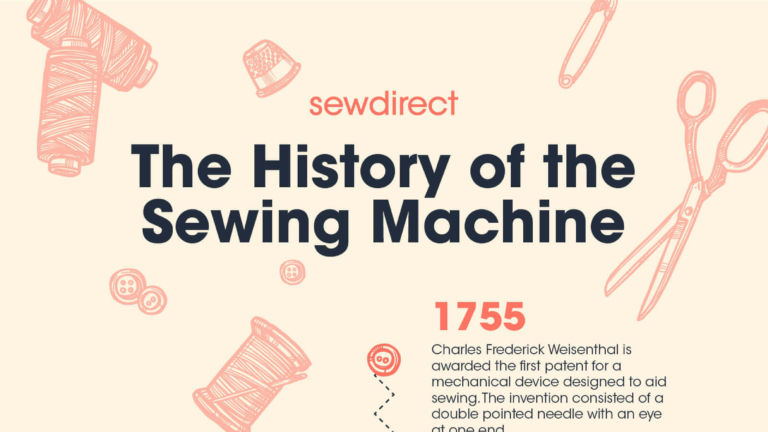This infographic highlights the story behind the invention of the modern sewing machine. Starting in 1755, it takes you on a journey of development ending with the creation of the modern sewing machine and the iconic Singer sewing machine company.
The sewing machine is a product of many years’ invention by individuals across the world, as people looked to perfect an idea which initially saw little to no commercial success but had the potential to transform the world and the way we thought about clothing.
Today, we have a seemingly never-ending selection of clothing available to us, with unique patterns available on every high street. The invention of the sewing machine paved the way for all these options while giving people the opportunity to express themselves through fashion in ways never seen before.
Although the ability to use a sewing machine may be seen as a little old-fashioned by some, this humble invention has played a key role in the transformation of the world into the modern age.




